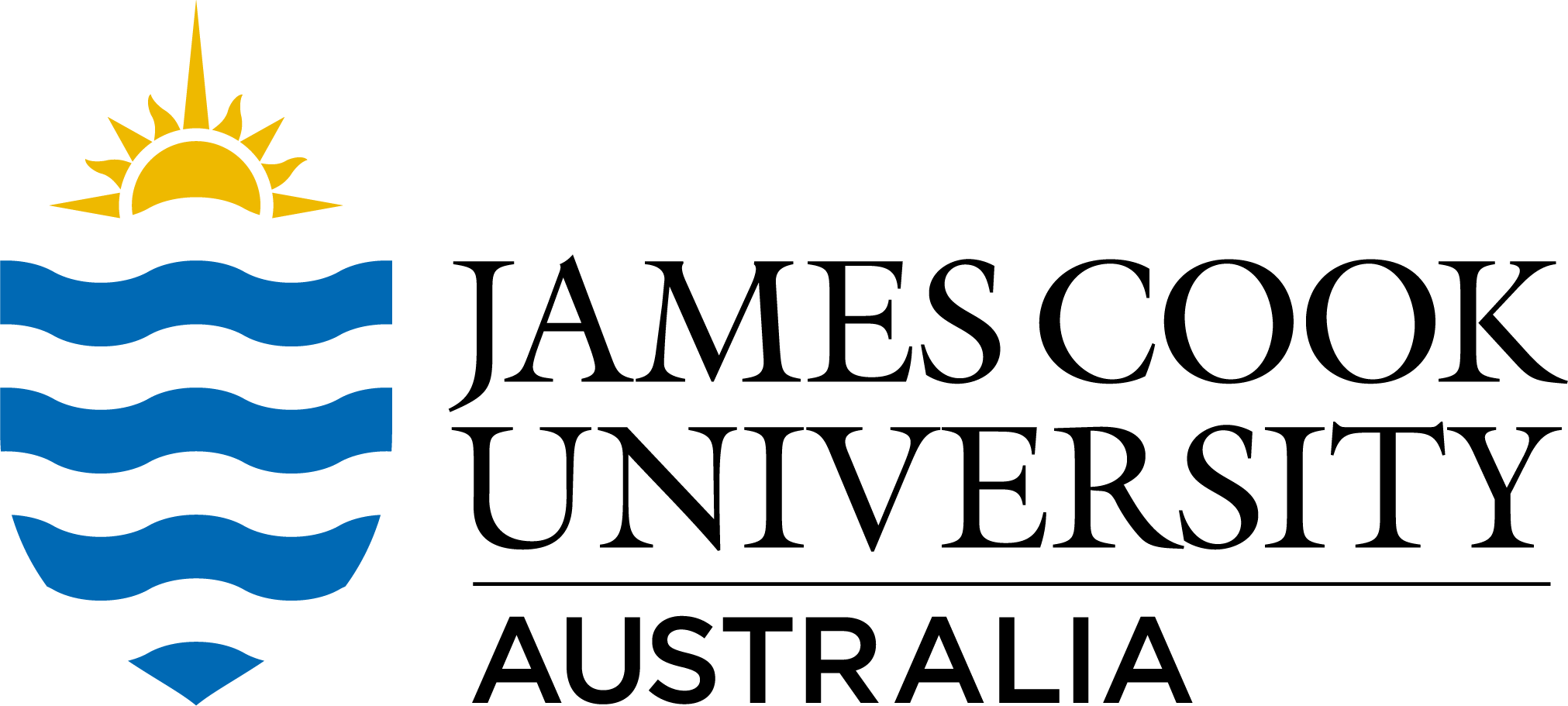Full description
Background [Extract from related publication]: Marine ecosystems are facing escalating chronic and acute environmental stressors, yet our understanding of how multiple stressors influence individuals is limited. Here we investigated how projected ocean warming (+1.5°C) during grandparental (F1) and parental (F2) generations, and ocean warming (present-day vs +1.5°C) and elevated CO2 (490 µatm vs 825 µatm) during the F3 generation, affected the aerobic physiology, behaviour, and growth of juvenile damselfish (Acanthochromis polyacanthus).
Methods [Extracts from related publication]: Between 101-137 days post-hatching (dph), the aerobic physiology of 4 juveniles from each tank (n=8 juveniles per clutch per F3 treatment; Table S1) was measured using intermittent flow respirometry under their juvenile treatment’s conditions. The day following respiration trials, fish were placed into one of 3 identical square white behaviour arenas (300 x 300 x 150 mm) filled with 7 L of water from of their respective treatment conditions .... the combination of boldness and activity behaviour were scored on a scale from 1-5, with 1 being the least and 5 being the most bold and active (hereafter known as behaviour score). Following the physiological and behavioural testing outlined above, morphometric traits of standard length and wet weight were measured for all F3 juveniles.
This data record contains:
- 1 x Excel (.xlsx) file containing complete data set
- 4 x R Markdown (.html) files containing the behaviour, morphology and phyisology data analysis
Created: 2025-08-18
Data time period: 11 2021 to 31 07 2022
Spatial Coverage And Location
text: MARFU, JCU Townsville, Queensland, Australia
User Contributed Tags
Login to tag this record with meaningful keywords to make it easier to discover
- DOI : 10.25903/MCKS-T205

- Local : researchdata.jcu.edu.au//published/890ea9e0ac7711efb083b9e4ac874acf


